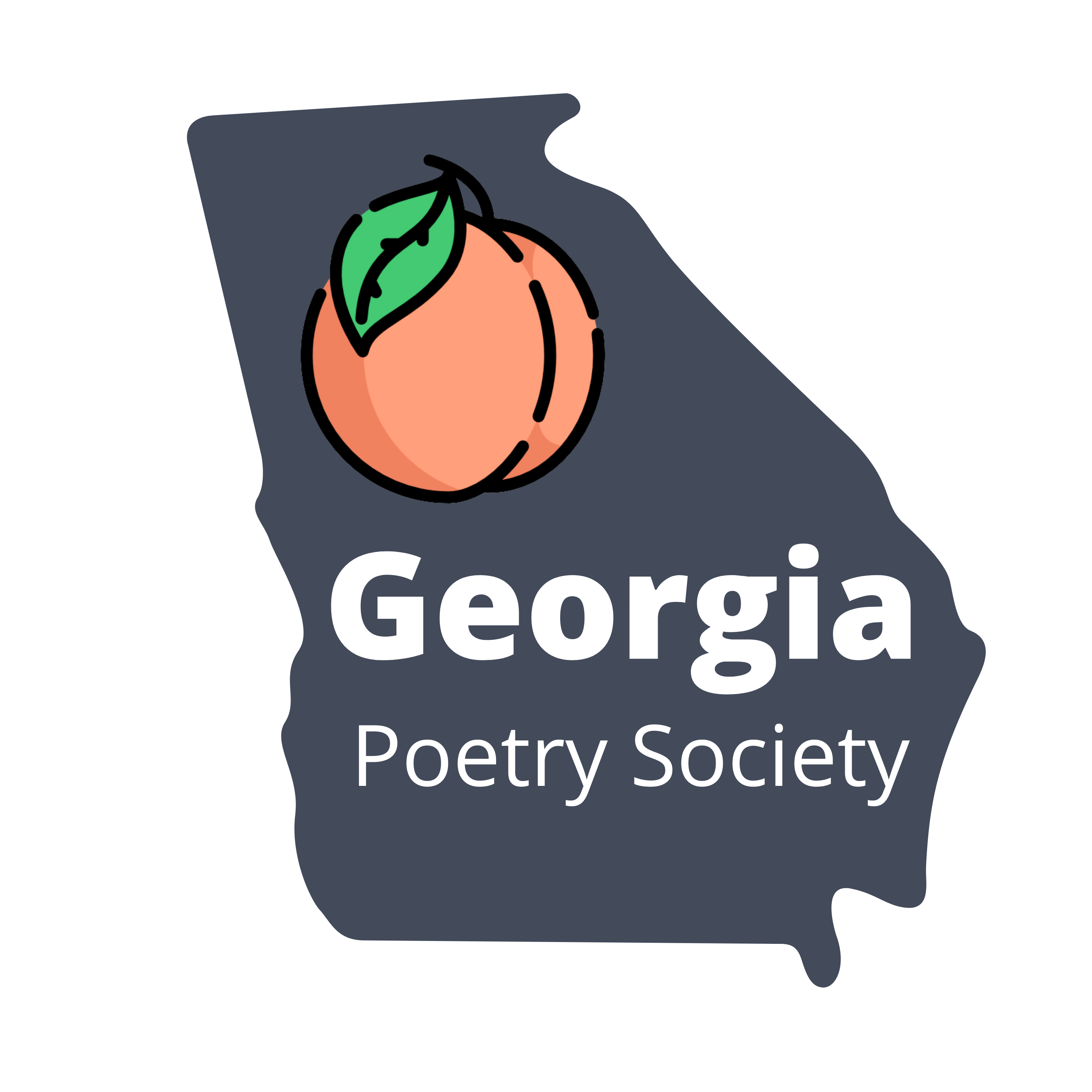Poetry is as old as storytelling itself. Across centuries and cultures, poets have experimented with words, rhythm, and form to capture the essence of human experience. From ancient oral traditions to contemporary free verse, the evolution of poetry forms is both a study of history and a reflection of creative innovation. In Georgia and across the South, poets continue to explore these traditions while also redefining them for modern audiences.
From Oral Tradition to Written Verse
The earliest poetry forms were oral, designed to be spoken, sung, or performed. Rhythm and repetition made it easier to memorize stories, and the cadence of verse carried emotional weight. In Georgia’s cultural history, ballads and folk songs passed through generations served this same purpose—preserving stories of family, faith, and survival.
As literacy spread, poetry transitioned into written forms. Classic structures such as the sonnet, ode, and epic poem brought greater experimentation with rhyme schemes, syllable counts, and imagery. These forms demanded precision but also encouraged creativity within constraints.
Traditional Forms: Order and Elegance
Traditional poetic forms often rely on strict patterns of rhyme and meter. They give poetry a musical quality, balancing structure with meaning.
- Sonnets: With their fourteen lines and structured rhyme schemes, sonnets (popularized by Shakespeare) became vehicles for love, introspection, and philosophical reflection. Georgia poets have used the form to blend Southern imagery with timeless themes.
- Haiku: This Japanese form focuses on simplicity and sensory detail in just 17 syllables. Many modern Georgia poets use haiku to capture nature scenes—from summer magnolias to autumn leaves.
- Villanelle: A 19-line poem with repeating refrains, the villanelle creates a cyclical, musical effect. Themes of longing, memory, and loss resonate especially well within this structure.
Traditional forms remain popular not just for their beauty, but also because they challenge poets to work within boundaries—turning discipline into artistry.
Modernism and Free Verse: Breaking Boundaries
The 20th century saw poets move away from rigid structures and embrace free verse. Influenced by movements such as Modernism and the Harlem Renaissance, poets experimented with open-ended rhythms, fragmented lines, and unconventional imagery.
In Georgia, poets drew upon local culture and landscapes while embracing new forms of expression. Free verse allowed them to write about civil rights, Southern identity, and personal memory without the constraints of rhyme or meter.
Free verse is not without craft. Though it lacks set rules, poets must rely on line breaks, pacing, and sound to create rhythm and resonance. The freedom allows more personal expression, but it demands skill to make words flow with intentionality.
Contemporary Forms: Spoken Word, Digital Poetry, and Hybrids
Today, poetry continues to evolve in exciting directions.
- Spoken Word & Slam Poetry: These performance-based styles emphasize rhythm, repetition, and emotional delivery. In Georgia, spoken word poetry thrives in community events, open mics, and festivals. Poets combine performance with activism, often addressing issues of race, justice, and identity.
- Digital & Visual Poetry: With social media platforms, poets experiment with typography, imagery, and video to present their work. Instagram poetry, for example, merges visual art with written verse, reaching global audiences in seconds.
- Hybrid Forms: Many contemporary poets blend tradition with innovation. A sonnet may contain free verse lines, or a haiku may be paired with spoken word performance. This fusion reflects both respect for tradition and a desire for reinvention.
The Role of Georgia Poets in This Evolution
Georgia poets continue to contribute to the evolution of poetry forms. Some honor tradition by writing sonnets and ballads infused with Southern themes, while others push boundaries through spoken word or digital platforms. The diversity of forms reflects the diversity of voices—rural and urban, historic and modern, personal and political.
By experimenting with both structure and freedom, Georgia poets prove that poetry remains a living, breathing art form.
Why Poetry Forms Matter
Studying poetry forms helps us understand the balance between structure and creativity. Traditional forms teach discipline, while modern forms embrace freedom. Both approaches deepen our appreciation of language and its possibilities.
For poets, exploring multiple forms provides tools for expression. For readers, it offers entry points into different worlds—whether the elegance of a sonnet, the raw power of slam poetry, or the brevity of haiku.
Final Thoughts
The evolution of poetry forms is a testament to humanity’s endless creativity. From ancient oral traditions to today’s hybrid experiments, poetry reflects our collective journey through time, place, and identity. In Georgia, the blending of tradition and innovation ensures that poetry continues to grow, inspire, and connect communities.

